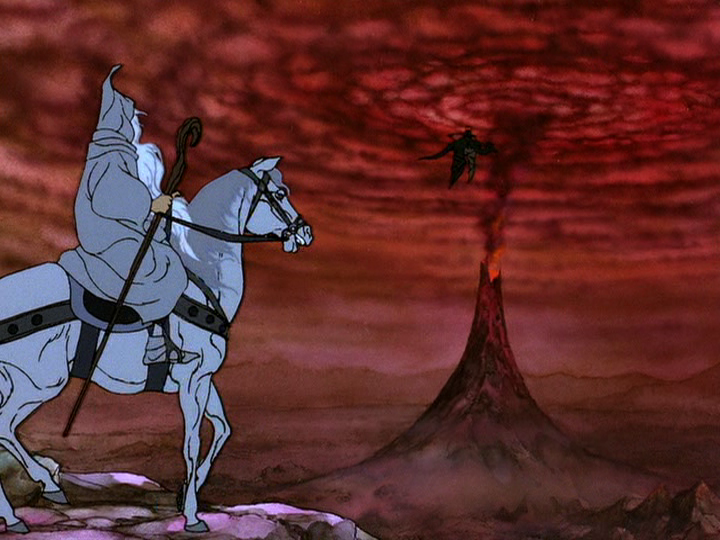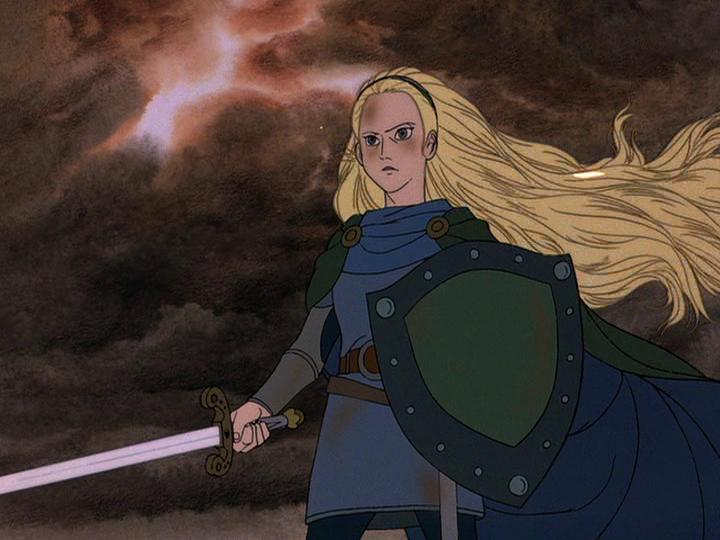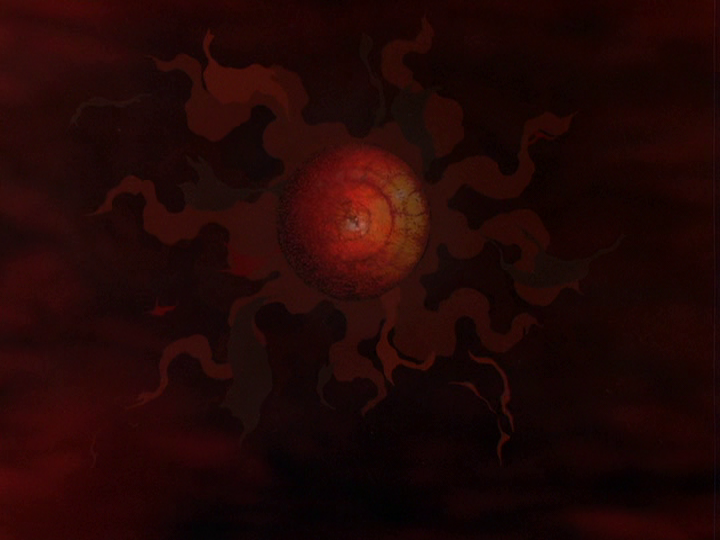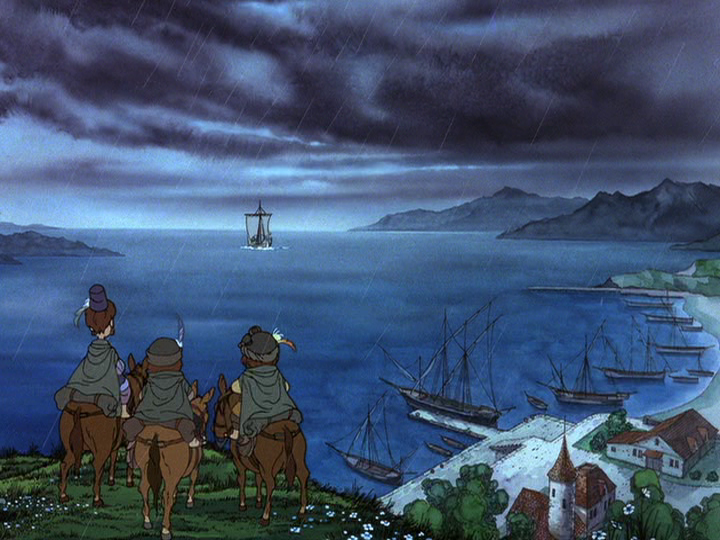That Other Return of the King Movie
We’ve talked about Rankin and Bass’s version of The Hobbit, and you can’t talk about The Hobbit without also talking about The Lord of the Rings. Yeah, I know, it’s been three years since that earlier post, but I don’t like to be rushed. So, today we’re going to talk about about Rankin/Bass’s follow-up, The Return of the King.
“Now hold on,” you may be thinking. “That’s the third Lord of the Rings volume. What happened to The Fellowship of the Ring and The Two Towers?” Well, I assume there were some rights issues involved, or perhaps they just didn’t want to retread the ground already covered by Ralph Bakshi’s unfortunate foray into Middle Earth, which was an animated and rotoscoped adaptation of Fellowship and about half of Two Towers and which had come out just two years earlier. To give you the timeline, R/B’s Hobbit was 1977, Bakshi’s LotR was 1978, and R/B’s LotR was 1980. I won’t go in to why things worked out that way; I don’t know and ultimately what matters is the film as we have it.

R/B’s first huge question was, how do you cram a book and a half of story in addition to another book and a half of backstory into a ninety-minute film? Their answer had two parts. First, begin with a framing device. The film starts with Gandalf summarising roughly the first half of the story so far, then moves to Rivendell with Frodo and the other Hobbits telling Bilbo about the adventure they’ve just returned from. This introduces us to most of the main characters and drops us in to Return of the King reasonably quickly.
The second part of R/B’s strategy was to relentlessly cut out anything not absolutely essential. Poor old Tom Bombadill is gone of course, but so are the Ents, Faramir, and the Scouring of the Shire, among other things. Even Rohan is reduced to just an ally of Gondor coming to the rescue if they can make it in time. That’s some fierce editing, but it works perfectly. The story is simplified for a young audience without dumbing things down too much and retaining the essentials. There’s also space for the events that are kept to be covered adequately. The battle at Minas Tirith and Frodo and Sam’s trek through Mordor are both executed beautifully.
Setting the story aside, how about the animation? If you’ve seen their version of The Hobbit or, for that matter, The Last Unicorn you have a good idea what to expect. It’s not a high budget production; there’s some obvious recycling of animation and it’s not the most fluid movie I’ve ever watched. However, the colour palette and overall aesthetic are great. The character designs are more hit-and-miss, but generally good. The voice acting is all on-point as well.

I’m happy to report Éowyn makes it in to the film
When I first said on Twitter that I’d be watching this film, multiple people jumped in specifically to comment on the music. Like The Hobbit, Return of the King has a genuinely great soundtrack. People lose their minds over the orcs’ marching song “Where There’s a Whip (There’s a Way),” and it is the catchiest piece in the movie, but there’s not a bad or even mediocre song in the whole OST.
Now, obviously I’m very high on this movie and would urge anyone interested in either animation or Tolkien to watch it, but how does it compare with other adaptations of The Lord of the Rings?
Well, there’s little to say about Ralph Bakshi’s version. The best I can say about it is that it’s not as bad as its reputation and does have a few strengths, like its fine background art. The animation in general is okay and even the rotoscoping looks cool on the Black Riders. Otherwise, though, the rotoscoping ranges from uncanny to hideous, it has some questionable character design choices, and the story is so rushed it’s difficult to get much of anything out of it.

The Eye of Sauron
That leaves Peter Jackson’s version. Jackson had the advantages of a large budget and the opportunity to alot one film to each book. This version’s strengths are well-known, from the soundtrack to the acting, the sets to the special effects, pretty much anything you’d like to have in an action or adventure movie. Many people were blown away by the first film in particular, just because they hadn’t seen a fantasy setting portrayed so spectactularly in film before.
Where Jackson falls flat, though, is that it doesn’t ultimately add up to more than a fun trilogy of lavishly-made adventure movies. I still have a high opinion of them, but I have no desire to rewatch them because I’ve pretty much got everything there is to get from them.
Not that Rankin and Bass produced a masterpiece of subtlety that carries over all the themes and nuances of Tolkien’s source material either, of course. However, given the time and budget constraints I do think R/B made better use of what they had to work with. Whether it’s a better film is hard to say; I personally prefer Rankin/Bass because I love animation, and believe that fantasy in particular is best suited to animation. Maybe someday another animation studio will get the chance to make their own lavish production of The Lord of the Rings.
Hey, it’s about as likely as two Hobbits infiltrating Mordor.

The remaining Hobbits watch their friends sail to the Undying Lands